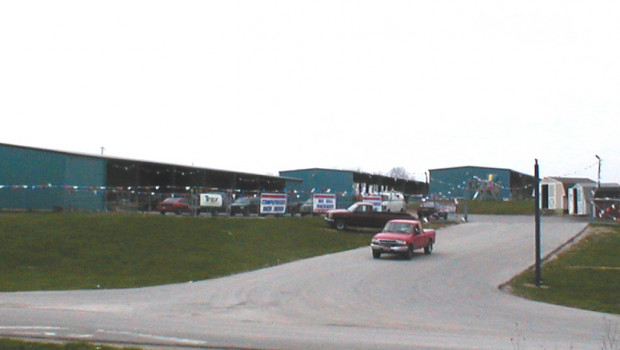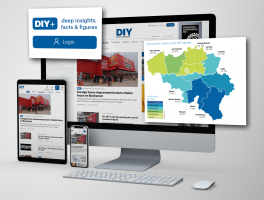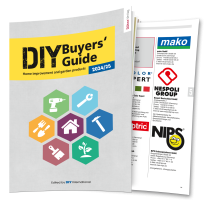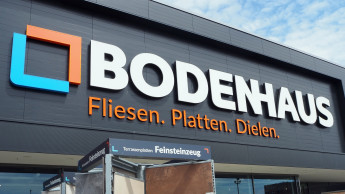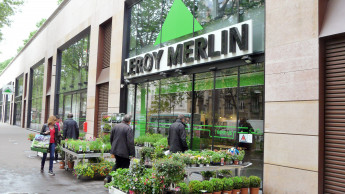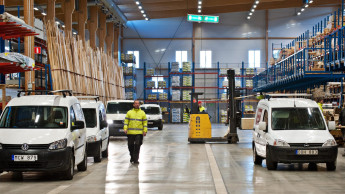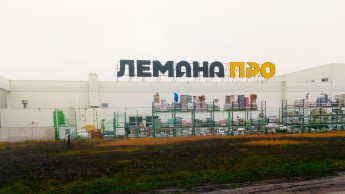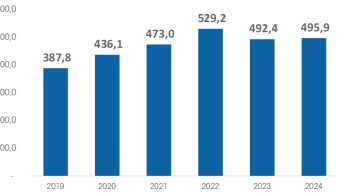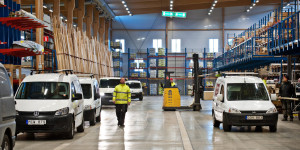Its success today is a credit to its founder, Joe Hardy, and his daughter, Maggie Hardy Magerko, who is president now. Unlike so many other lumber and building material merchants serving both consumers and contractors which did not survive the changes wrought by Home Depot, they realized their “old way” of serving customers would have to change.
They decided to focus almost entirely on serving the professional trade - local tradesmen and contractors. One of their most successful units actually pointed the way for them, having scrambled for business by making outside sales calls. When the two Hardys realized this was successful, they didn’t hesitate to adapt it throughout the chain. Today the company employs nearly 2 000 outside sales people who work out of its 500 sales units scattered across most of the United States. Its sales amount to US $ 4 bn.
It locates its large-footprint units in rural or non-metro areas, preferably with a rail siding nearby to minimize shipping costs for its heavy concentration on building products rather than shelf goods. Locations are up to 10 acres (40 000 m²) in size.
84 Lumber might be described as the industry’s most prominent low-overhead retailer. Its buildings are easily assembled from metal trusses and weatherproof exterior panels. Inside sales areas are not air-conditioned and barely heated in winter. Because so much of its business is concentrated on lumber and building materials, its retail sales floor is the smallest part of its operation and contains only a smattering of basic needs for tradesmen and stray DIYers who might wander in.
Yet, on average, these locations generate US $ 8 mio in sales with a minimum of staffing. Units operate with a store manager, an assistant and one or two yard and/or office workers, as needed by volume. If sales warrant it, there might also be an outside sales manager. With negligible walk-in trade, it means that each member of its outside sales team is responsible for nearly US $ 2 mio in annual sales.
The company opened 40 locations last year, and has plans for about the same number this year. It also operates its own component plants, which produce the trusses and pre-assembled walls that make home construction less costly for builders. It built five more component plants last year.
Today it primarily serves small to medium-sized builders, though a few larger building firms are beginning to use the company as a resource. It buys from about 300 suppliers, but the top 60 account for 80 per cent of purchases. Shelf goods (hardware, limited plumbing, tools, etc.) are bought from a national hardware wholesaler.
As it starts on its next 50 years, the company has ambitious plans. It aims to be a US $ 10 bn firm with 750 stores within the next five years. That means not only increasing store count by 50 per cent, but increasing sales by an even greater percentage.
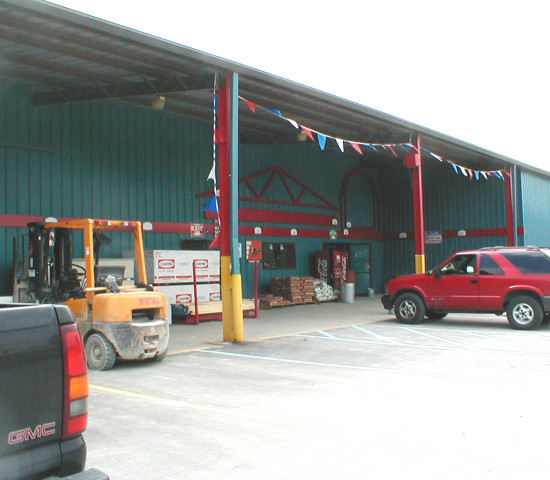

 Menü
Menü




